Canada’s Troubadour dies at 84: Gordon Lightfoot’s impact on the Mariposa Folk Festival won’t be forgotten
Posted onPhoto credit: Mike Bailey
Gordon Lightfoot, an Orillia treasure and pillar of the Mariposa Folk Festival, passed away from natural causes in a Toronto hospital on Monday night (May 1), at age 84. His death was confirmed by his longtime publicist Victoria Lord.
A singer/songwriter all his life, Lightfoot was so much more than his Top 40 hits and Platinum albums. His work has become deeply woven into Canada’s cultural fabric, and his songs have been covered by a wide range of artists around the globe. The deep and rich catalogue of Gordon Lightfoot songs have deservedly seen him placed alongside Neil Young, Joni Mitchell and Leonard Cohen in the top rank of our songsmiths.
A native of Orillia, he auditioned for the first Mariposa festival in 1961 and was rejected from performing because he sounded, “too much like the Everly Brothers.” Lightfoot’s sound fit the traditional folk genre of the early 1960s but as he progressed as an artist his songwriting became personal and showcased his poetic lyrics.
Despite his original rejection from the festival, he performed at the 1964 event at Maple Leaf Stadium in Toronto and immediately became an annual staple of the event.
Lightfoot was part of the reason the 1972 Mariposa festival on Toronto Island was one of the most memorable in the event’s history. He wasn’t on the bill, but showed up as a spectator with Bob Dylan in tow. Dylan’s request to perform there was turned down, but he and Lightfoot reportedly had a fun time, creating a real stir amongst the crowd too.
In the history of Mariposa written by Mike Hill, former Artistic Director of the festival, Lightfoot is quoted as remembering that fest this way: “Bob and I were acquaintances really, being part of Albert Grossman’s management stable. We saw Neil Young there. And Bob and I would get together [both that year and at other times] at my place. It was kind of party central, as I was carefree and kind of footloose at the time.”
When Mariposa was struggling financially in the late 1990s, Gordon Lightfoot headlined the festival free of charge upon its return to Orillia in 2000. Thousands of tickets were sold and the festival made enough money to survive, and eventually thrive. Mariposa Folk Foundation President Pam Carter remarks, “without his support we would never have successfully returned home to Orillia.” Lightfoot’s gracious manner and deep ties to the festival and to the town of Orillia were unbreakable. Gordon Lightfoot truly was a hometown hero.
Year after year Lightfoot would return to either headline, put in a surprise performance, or simply be part of the audience and experience the festival. He could be seen sitting on park benches and singing with other artists or festival goers in between acts and striking up a conversation with whomever approached him. Carter remembers, “watching Lightfoot interact with the fans and people of Orillia is so humbling and heartwarming. You don’t meet a lot of artists like that nowadays.”
Evidence of the profound impact Lightfoot had on Mariposa was provided at the 1995 edition of the festival. A clear highlight of that fest was a tribute to Lightfoot, a weekend-long salute focused on the legendary songwriter’s contribution to folk music and to Mariposa specifically. Several of the workshops during the day on Olympic Island were Lightfoot-themed, and artists as varied in style as The Travellers, Murray McLauchlan, Steve Gillette and Cindy Mangsen, and Eugene Ripper gave their takes on the great man’s music.
Lightfoot went on to headline Mariposa in 2000, 2005, 2007, and 2010.
In 2004, he made a headline-grabbing unscheduled appearance at Mariposa, two years after a life-threatening aneurysm. As a result of that medical event, Lightfoot had to re-teach himself how to sing, play guitar, and perform. The festival that year had a mainstage tribute to its favourite troubadour scheduled, and Lightfoot delighted the audience with his surprise onstage appearance for a single song, “I’ll Tag Along.”
“For so many in the crowd, this was spine-tingling. It was enough that he was there, and the fact that he’d chosen Mariposa as the first step on his musical road to recovery was special to the festival crowd,” said Hill.
In better health, Lightfoot returned to headline Mariposa again the following year, and once more in 2007. His headlining appearance during the latter edition couldn’t be more characteristic of his dedication to the festival. Lightfoot set foot on stage as the Orillia clouds opened and poured down rain. Without skipping a beat, he played on, and not an audience member budged from their spot as they watched Lightfoot light up the stage and bring warmth to the cold evening. As he left the stage he turned his guitar upside down, pouring out a gallon of water, and the crowd went wild.
In 2012, Lightfoot came as a spectator to the festival. He asked if he could play a couple of songs but not before making sure it was alright with headliner, Jann Arden, as he didn’t want to upstage her. “Hey it’s Gordon Lightfoot. He can do whatever he wants!” was Arden’s reply.
Lightfoot’s annual ‘surprise’ visits have been thrilling to audiences and a constant reminder of his greatness and the survival of folk festivals and folk music.
In 2016, Gordon Lightfoot attended Mariposa once more, and was honoured by the unveiling of a leaf for “Black Day in July.” This initiative’s plan is for a series of decorative maple leaves to be planted in Lightfoot’s honour along the section of the Trans-Canada Trail – known locally as the Lightfoot Trail – that winds along Orillia’s waterfront.
That year, Lightfoot stayed to catch a number of the performances, and in a post-Mariposa interview, he spoke enthusiastically about what he saw. “There was magic this past year. There were so many good moments. I always get an emotional lift at Mariposa. It has a life of its own and will go on for a long time. It’s one of the best-known festivals on the planet – internationally recognized.”
In 2022, Lightfoot was inducted in the Mariposa Hall of Fame. A who’s who of Canadian Folk performers gathered mainstage at the Festival to honour the legend. “The artists who paid tribute were so gracious and grateful. When they came together with Gord on the mainstage and played Alberta Bound, goosebumps don’t sufficiently capture it. I felt we could be witnessing a moment in Canadian music history,” said Mariposa Foundation President, Pam Carter.
Canadian musician, artist, and storyteller Tom Wilson curated the Hall of Fame performance and had this to say on Lightfoot’s passing: “Gordon Lightfoot has left us but he lives in our blood. His voice will always raise up our ghosts and reunite us with a tremendous joy we all hold in our hearts but may have forgotten about. Thank you, Gordon.”
Bruce Good, of the Good Brothers, paid this tribute to the music legend: “My brothers and I were honoured to be part of Gord’s induction ceremony into the Mariposa Hall of Fame last summer as we sang a rousing tribute of his Canadian classic Alberta Bound with Gord and several great Canadian artists. We will miss sharing our stage with him. We will miss his music and laughter, but most of all we will miss our good friend and mentor. Gord’s songs were the heartbeat of our nation and his voice was our breath. Rest in peace dear friend.”
Gordon Lightfoot’s passing is a day of national mourning for it means a symbol of grace, humility, and the power of folk music has left us. Lightfoot’s presence will always grace Mariposa as his bronze statue, encircled with a halo of leaves and portraying him sitting and playing his guitar, stands on forever as part of the festival.
While there have been many performers who have played Mariposa, it is undeniable that Gordon Lightfoot will always be a staple of the festival. Lightfoot and the Mariposa Folk Festival will always hold one another close to their hearts, and his crucial role will never be forgotten.
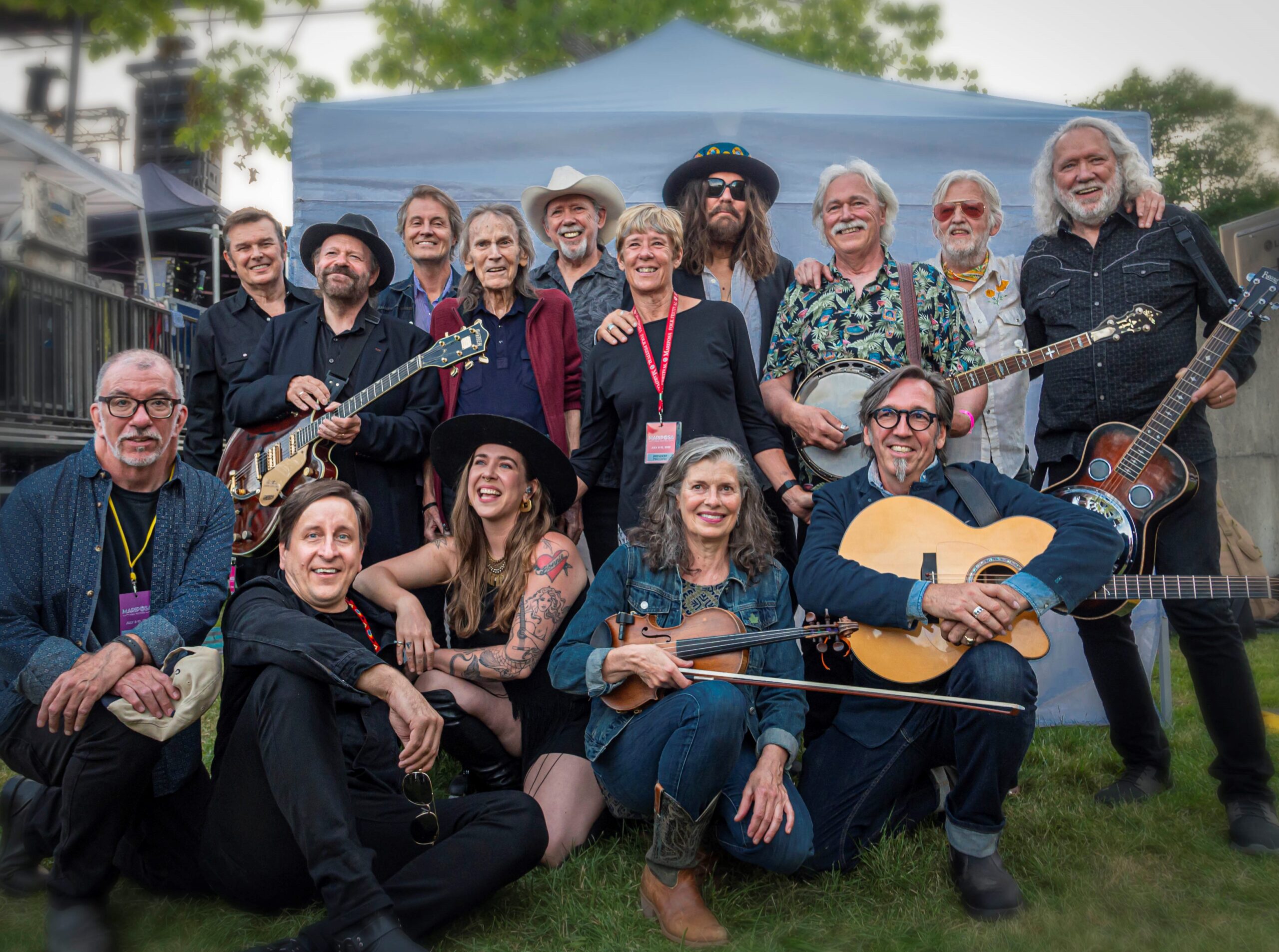
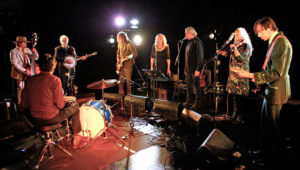
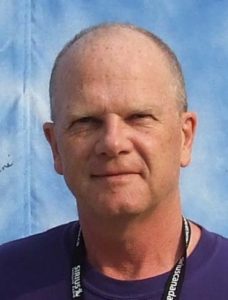 Every fan of the Toronto Maple Leafs would like to take a crack at managing the team – selecting the players, making the trades and determining what kind of team hits the ice. The same holds true for a lot of people who attend folk festivals. If you’re a music fan, wouldn’t you like to select the artists and program them on the different stages? Well, in some ways it is as easy as it looks. Usually not, though. In reality, it can be a very complex process.
Every fan of the Toronto Maple Leafs would like to take a crack at managing the team – selecting the players, making the trades and determining what kind of team hits the ice. The same holds true for a lot of people who attend folk festivals. If you’re a music fan, wouldn’t you like to select the artists and program them on the different stages? Well, in some ways it is as easy as it looks. Usually not, though. In reality, it can be a very complex process.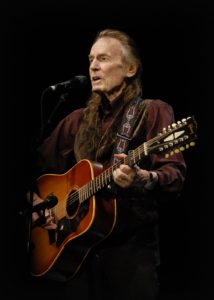 I would begin with the truism that you have to love this kind of music. I have always been attached to folk, having grown up on a diet of Peter, Paul & Mary, Harry Belafonte, Bob Dylan and Gordon Lightfoot. (I will admit to loving the Beatles, the Rolling Stones, The Who, The Police and I can appreciate why people like bands like Ramstein). But it is acoustic, ‘rootsy’ music that has always appealed to me both as a listener and a guitar player. I suspect there are a lot of people like me out there, of all ages, who would say the same thing.
I would begin with the truism that you have to love this kind of music. I have always been attached to folk, having grown up on a diet of Peter, Paul & Mary, Harry Belafonte, Bob Dylan and Gordon Lightfoot. (I will admit to loving the Beatles, the Rolling Stones, The Who, The Police and I can appreciate why people like bands like Ramstein). But it is acoustic, ‘rootsy’ music that has always appealed to me both as a listener and a guitar player. I suspect there are a lot of people like me out there, of all ages, who would say the same thing.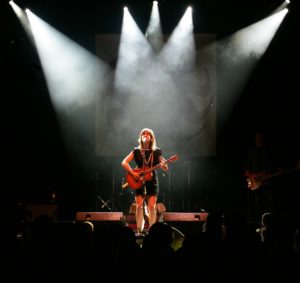 Each year, I have a list of personal favourites I’d like to hire for the festival. My first year, it was Don (American Pie) McLean. Another year, Peter Yarrow. In 2013, I hired two of my all-time favourites, Arlo Guthrie and Murray McLauchlan. Those choices are relatively easy to make and, being big stars, at least in folk circles, it was easy to convince others that these were good choices for Mariposa. Gordon Lightfoot has played the festival twice as a headliner since I became the artistic director. That’s a no-brainer. Gordon is a Canadian folk icon but also Orillia’s much loved favourite son.
Each year, I have a list of personal favourites I’d like to hire for the festival. My first year, it was Don (American Pie) McLean. Another year, Peter Yarrow. In 2013, I hired two of my all-time favourites, Arlo Guthrie and Murray McLauchlan. Those choices are relatively easy to make and, being big stars, at least in folk circles, it was easy to convince others that these were good choices for Mariposa. Gordon Lightfoot has played the festival twice as a headliner since I became the artistic director. That’s a no-brainer. Gordon is a Canadian folk icon but also Orillia’s much loved favourite son.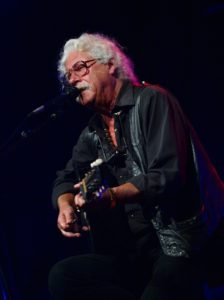 There are conferences and live performances where I see acts that I’ve heard about before, and acts that are completely new to me. Each October, Folk Music Ontario (formerly the Ontario Council of Folk Festivals) holds a four-day conference where, in addition to networking with other festival organizers, live music is a focus. I have seen an astonishing array of talent at these conferences over the years. Matt Andersen, The Good Lovelies, Del Barber and New Country Rehab are all acts that I discovered at this conference.
There are conferences and live performances where I see acts that I’ve heard about before, and acts that are completely new to me. Each October, Folk Music Ontario (formerly the Ontario Council of Folk Festivals) holds a four-day conference where, in addition to networking with other festival organizers, live music is a focus. I have seen an astonishing array of talent at these conferences over the years. Matt Andersen, The Good Lovelies, Del Barber and New Country Rehab are all acts that I discovered at this conference.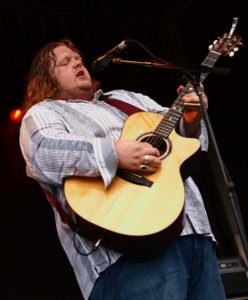
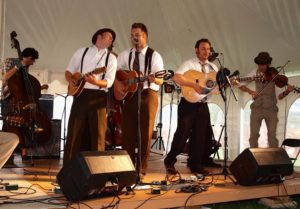
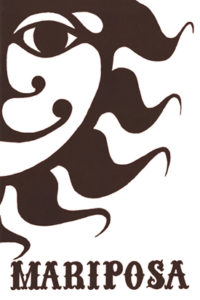 For themed workshops such as The Lightfoot Songbook, I need to coordinate what songs the musicians will perform. For a workshop such as Blues in the Afternoon, there’s no need to worry about specific songs and it’s a given that the musicians will actually play the blues! Sessions with titles like Going Down the Road often need some explanation to the musicians and to the audience. It is an arduous process scheduling performers for their festival concert as well as slotting them into four or five workshops where they play with others.
For themed workshops such as The Lightfoot Songbook, I need to coordinate what songs the musicians will perform. For a workshop such as Blues in the Afternoon, there’s no need to worry about specific songs and it’s a given that the musicians will actually play the blues! Sessions with titles like Going Down the Road often need some explanation to the musicians and to the audience. It is an arduous process scheduling performers for their festival concert as well as slotting them into four or five workshops where they play with others.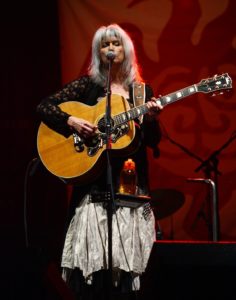 Ironically, at the festival itself I hear a lot less music than I would if I were a paying customer. I tend to catch music as I walk from one stage to the next. A lot of time is spent dealing with technical details and dealing with the issues of the festival, not that I need to worry about the running of the festival itself. Our Festival Organizing Group, the sound company, technical director and stage managers all do an unbelievably competent job. Of course, none of this could take place without the hundreds of volunteers, many of whom work virtually year round to make it all happen.
Ironically, at the festival itself I hear a lot less music than I would if I were a paying customer. I tend to catch music as I walk from one stage to the next. A lot of time is spent dealing with technical details and dealing with the issues of the festival, not that I need to worry about the running of the festival itself. Our Festival Organizing Group, the sound company, technical director and stage managers all do an unbelievably competent job. Of course, none of this could take place without the hundreds of volunteers, many of whom work virtually year round to make it all happen.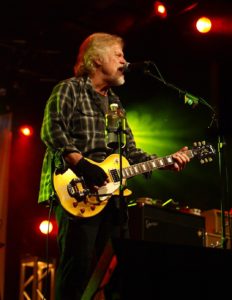 The mission of the Mariposa Folk Foundation is: The promotion and preservation of folk art in Canada through song, story, dance and craft.
The mission of the Mariposa Folk Foundation is: The promotion and preservation of folk art in Canada through song, story, dance and craft. A singer-songwriter and story teller described as having a marmalade voice, Jory Nash is the quintessential folk minstrel. His music weaves together elements of folk, jazz, blues, pop & soul. With thoughtful lyrics and intricate melodies, he draws the audience close. With easy humour, engaging banter and colourful stories, he wins them over. A man of many hats, Jory has served on the Ontario Council of Folk Festivals Board, as Artistic Director of the Shelter Valley Folk Festival, and produced the Gordon Lightfoot tribute show, The Way We Feel. Among many other musical credits are six albums, many tours, numerous awards and lots of airplay.
A singer-songwriter and story teller described as having a marmalade voice, Jory Nash is the quintessential folk minstrel. His music weaves together elements of folk, jazz, blues, pop & soul. With thoughtful lyrics and intricate melodies, he draws the audience close. With easy humour, engaging banter and colourful stories, he wins them over. A man of many hats, Jory has served on the Ontario Council of Folk Festivals Board, as Artistic Director of the Shelter Valley Folk Festival, and produced the Gordon Lightfoot tribute show, The Way We Feel. Among many other musical credits are six albums, many tours, numerous awards and lots of airplay.